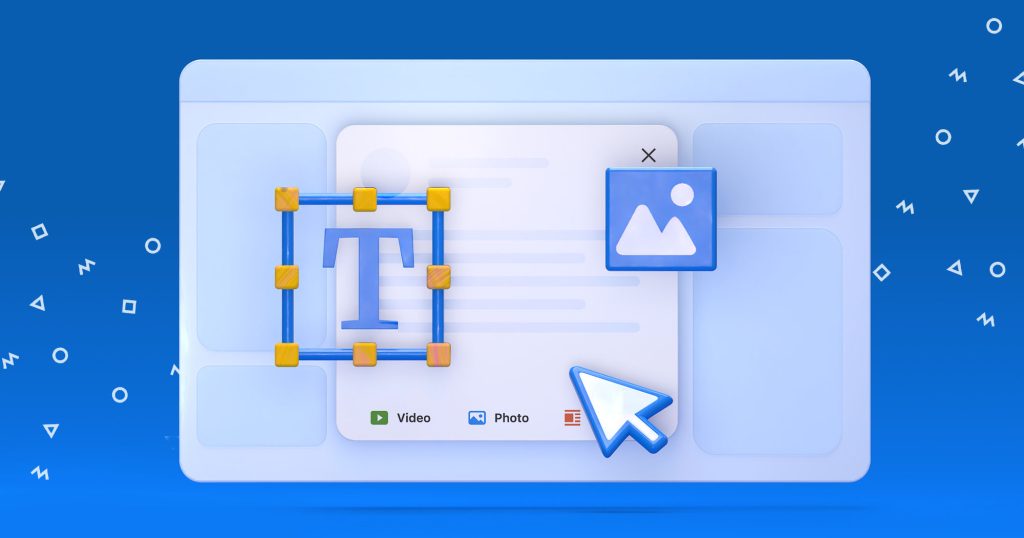When it comes to the ultimate goals in life, landing a dream job is probably on almost everyone’s list. The idea of a dream job presents a unique journey to each individual, shaped by their personal ambitions and preferences.
While today’s unpredictable and disruptive business landscape is anything but accommodating to young professionals, the demand for talented sales representatives stays strong.
The good news is that companies across all industries are always looking for talented SDRs to help their potential customers make the first step toward a purchase. The pitfall? It’s a ruthless, competitive environment out there, with companies having to decide among tens or hundreds of applicants for each position.
Whether you’re a sales newcomer or a seasoned pro, simply waiting for your dream job to knock on your door or blasting out CVs without a clear vision will not cut it. SDRs thrive on setting sales goals and then strategizing ways to achieve them, and that’s the same approach they should apply to their dream job search.
Let’s dive into the best proactive steps and tools SDRs can leverage to get battle-ready for their career journey ahead and ensure that they will get that dream offer when the opportunity occurs.
Creating your dream job search strategy
The best way to strategize your dream job hunt is to treat it like a sales strategy, something that all SDRs know a thing or two about. Rather than trying to sell a product, SDRs will attempt to sell their expertise and potential.
If you think about it, searching for a job involves a great deal of prospecting and engagement, only instead of prospects, you will be targeting companies and their hiring decision-makers.
And just as in sales, the final step of this journey is to close the deal, or in our case — get the job. But before we begin executing the job search strategy, it’s crucial to get two things in check.
Define your dream SDR job
Clearly defining your dream SDR job is the absolute first step in turning it into a reality. Without doing so, you’ll embark on a journey without a final destination, which admittedly sounds like fun but won’t work for a job hunt.
Ask yourself which factors are most important to you, your lifestyle, and your goals. Of course, compensation plays a major part in goal-setting for SDRs, with those confident in their abilities opting for no-cap commission-based structures, but there are so many other things to consider.
- What are your other biggest personal drivers — job security, schedule flexibility, or a friendly corporate culture?
- What are your long-term career goals, and which SDR job would be the best steppingstone to achieve them?
- What’s your ideal niche/industry to work in?
- What’s your ideal work environment (remote/office/hybrid)?
Craft the perfect CV for the role
Once SDRs can envision their dream job, they can then begin creating the most effective strategy tailored to their goals, starting with polishing up and tailoring their CV to the dream position.
SDRs can make the necessary tweaks to mold their resumes as relevant to their dream companies/niches as possible, aligning their value proposition on paper accordingly.
Designed exactly for this task, AI CV generators like Resume.io help type in seconds the most tailored and professional resume based on your prompts, highlighting experience, skills, and achievements most relevant to the desired future employer while removing all the unnecessary extra fluff.
Other than that, Grammarly’s AI tool allows you to optimize your resume skillset — just type in your dream job title and get a list of the most relevant soft and hard skills to include. Once your CV is ready, you can also spend a few minutes with Grammarly to ensure there are no grammatical errors, and you’re good to go.
Considering that nowadays most companies use applicant tracking systems (ATSs) to qualify candidates in the initial recruitment stage, 75% of resumes never reach the hiring managers. To ensure their CV isn’t one of them, SDRs can turn to special resume scanners like Jobscan and Enhancv that use AI algorithms to suggest keyword and structure optimizations for the best ATS compatibility.
Pro tip: If you’re targeting any specific company or business niche, try to reverse engineer their job posts to create a really relevant CV. For example, if you’re looking to join a lead generation agency, analyze some of the sales agent job descriptions out there and add a few details that would make your resume more appealing to those companies.





![New in 2025: Reply.io Teams Up with Persana AI [+Live Webinar] New in 2025: Reply.io Teams Up with Persana AI [+Live Webinar]](https://reply.io/wp-content/uploads/persana.io_-1024x538.jpg)